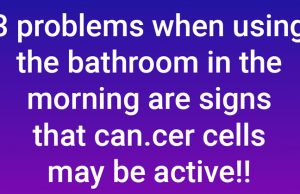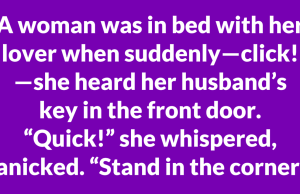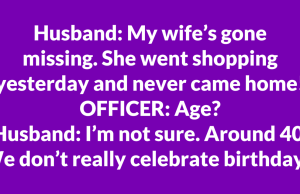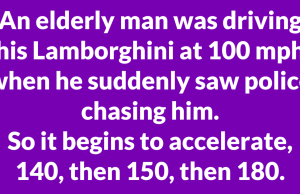There are some crucial differences between a heart attack, cardiac arrest, and stroke that when known, can save a life.
Most importantly, one should know that both heart attack and stroke are the result of a blockage of blood flow. However, whereas the blood cannot get to the heart during a heart attack, during a stroke, the blood cannot get to the brain. According to Inova Heart and Vascular Institute, a heart attack is usually caused by a blood clot, while a stroke is typically the result of a clogged or burst blood vessel.

Cardiac arrest is different from heart attack, although a heart attack can cause cardiac arrest. According to the American Heart Association, cardiac arrest is the term used to describe an event in which the heart unexpectedly and suddenly stops beating. When the heart stops beating, blood cannot reach the brain and other organs. The person suffering from cardiac arrest will lose consciousness and if left untreated for more than a few minutes, will die.
If you see an adult or teenager suddenly collapse, no matter his or her age, it is imperative to call 9-1-1 immediately and to perform CPR constantly until medical services arrive. The American Heart Association recommends performing Hands-Only CPR to the disco beat of “Stayin’ Alive.” Doing so can more than double the victim’s chance of survival.
According to Mayo Clinic, heart attack symptoms include a tight ache, pressure, or sensation of squeezing in the chest and discomfort in the chest, shoulders, arm, and back. Heartburn-like pain in the stomach, as well as shortness of breath, anxiety, lightheadedness, and sweating are all further symptoms of a heart attack. Women in particular are more likely to experience symptoms outside the chest area, such as nausea, vomiting, and pain in the neck or jaw, explains the American Heart Association.
If you or someone you are with experiences any of these symptoms for more than 5 minutes, call 9-1-1 immediately.
There are three major symptoms of stroke. These are easily remembered with the acronym “FAST” for Face drooping, Arm weakness, Speech difficulty, and Time to call 9-1-1. The American Stroke Association explains that during a stroke, one side of the face droops or is numb, one arm is weak or numb, and speech is slurred.
If you are with someone you suspect of having a stroke, remember the last part of the acronym: T for “Time to call 9-1-1.” Check the time and assess when the symptoms began so you can tell a medical professional. Do not waste one second of time. As Christa Callahan, RN, Stroke Program Nurse Manager at Inova Fairfax Hospital says, “Time is brain.”
The risk of heart attack, cardiac arrest, and stroke is higher for people who smoke or have high blood pressure, high cholesterol, diabetes, or a sedentary lifestyle. All people, but especially those with any of these risk factors, should be aware of the symptoms of a heart attack, cardiac arrest, and stroke.
And don’t forget, if you are with anyone exhibiting symptoms, call 9-1-1 immediately. There is no home remedy for a heart attack or stroke. The best course of action is to get professional help as soon as possible.




















